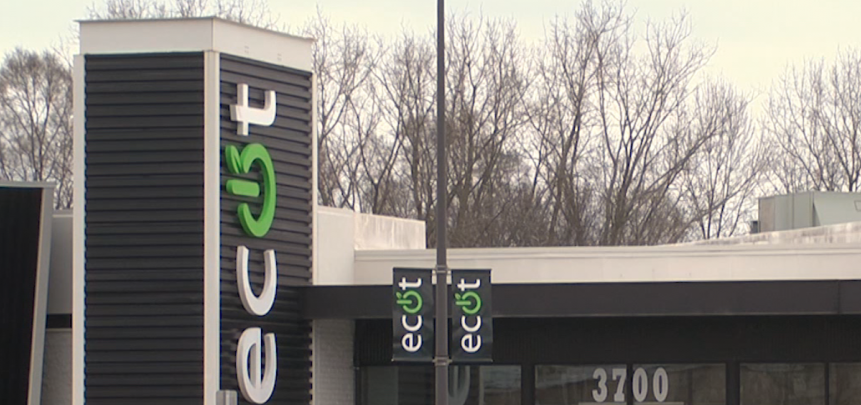
Aftermath of ECOT’s Closure
By: Alexander Moore, Matt Lackritz, Micaela Marshall
Posted on:
The Electronic Classroom of Tomorrow, better known as ECOT, unexpectedly shut down January 18, 2018, leaving thousands of students and teachers without a school where they could learn and work.
ECOT started out in 2000 as an online community school. It was Ohio’s first online school to provide free education options for kindergartners all the way through high school. Its first graduating class was 21 students. By 2013, ECOT had a graduating class of more than 2,500.
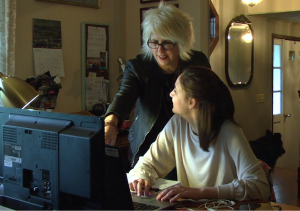
Joanie Harper is a proud online school parent of a freshman and an eighth grader. Her daughters Twila and Bekah Meehan started attending online school this school year.
“I decided (to go online) because of some medical issues going on. Also, my daughter Twila took advantage of the Ohio Credit Plus, which is OCP and taking college classes, and she was hardly going to the high school, so we just decided instead of her taking a couple classes at the high school, we’ll just go ahead and do an online school,” said Harper.
When Harper first learned ECOT was shutting down she was heartbroken and shocked.
“I don’t believe that I ever thought that they would actually shut ECOT down you know especially after the first semester going in to the second. I believe they have been wronged. And we’ve been wronged. And my daughters have been wronged. This has been so emotionally devastating,” said Harper.
Her daughter Twila was irritated that she had to switch schools halfway through the school year. Both Twila and Bekah are enrolled at a new online school in Ohio.
“It was really annoying because like you know I had finally caught up with everything cause you know it was kind of confusing going to a new school and everything. So then I finally caught up and they said they were gonna stop the whole school system. So that kind of messed up my whole schedule,” said Twila Meehan.
Mount Sterling resident Laura McNamara worked at ECOT for 15 years as a teacher and administrator.
“I’m very passionate about education. You know knowledge can help you make better decisions in your life. And we really just, we need to help kids. And those that are hurting are those that we have to reach out and try even harder for. And that’s what we did at ECOT. I was proud to be an ECOT employee,” said McNamara.
McNamara said losing her job in the middle of the school year has made finding a new one a struggle.
“I am unemployed. And so I am drawing unemployment and am applying for jobs every week,” said McNamara.
ECOT Background in Ohio
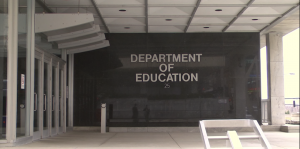
When ECOT started in 2000 the Ohio Department of Education had to create a system to review how online schools would receive funding for providing K-12 education compared to a regular public school.
It wasn’t until 2003 that the state and ECOT reached a funding agreement, which was based on the enrollment of students at the beginning of the school year.
This agreement also required ECOT to offer at least 920 hours of “learning opportunities” which meant anything from logging into a class online to going on a field trip to the zoo.
The state and ECOT got into a battle over funding in 2015 that ended in the State Supreme Court. The battle was over more than 80 million dollars that the state wanted back from ECOT. The Education Department’s attorney Douglas Cole argued there should be more specific criteria to pay ECOT for a student’s education.
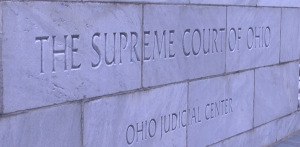
“Mr. Teeters, the former superintendent of ECOT, testified that at the previous e-school he worked at every day when the student logged on the first thing they had to do was list for the day before how many hours they had participated the day before in education, so this isn’t a foreign concept the notion that schools may want to keep track how many hours students are actually participating to verify they’re actually getting an education,” said Cole.
From 2013 to 2015 the state paid ECOT based on enrollment. Which means that even if a student never logged in to any online class, but was registered, ECOT got paid for providing that student with an education. Therefore in 2015 the state wanted to start paying ECOT based on student participation instead of just enrollment.
By that measure that state claimed ECOT should be paid for educating only 6,300 of its 15,000 plus students and the state wanted the other 80 million dollars back.
ECOT attorney Marion Little said ECOT followed the rules set-up by the Department of Education and now, after the fact, it is changing the rules.
“Back in 2016 during the middle of the school year the Department of Education announced new standards. Standards by which our funding would be determined. These were completely different standards applied for the prior 13 years.”
The state claimed almost two-thirds of ECOT’s students were not actually participating in online courses.
ECOT teacher and administrator Laura McNamara said she did all she could to get students who strayed back on track.
“What I would do as a teacher is I would call my students. Once they got to 5 days then we had a truancy office that kicked in and so we had things in place between the 1 day and 30 days with counselors calling, teachers calling resource people in the office, truancy department calling. There was lots of support there trying to get them back on, whether it was calling, emailing, texting you know getting a hold of parents, not just students but parents. There were a lot of things in place to try to get that student re-engaged,” McNamara said.
After two lower court rulings against ECOT, on February 13 the Ohio Supreme Court heard the final arguments in the case of ECOT vs. The Ohio Department of Education.
ECOT argued that it hadn’t violated any law and that it should not have to pay back any money. It stressed that funding was based strictly on enrollment and nothing else because of the agreement in 2003. In court, Chief Justice O’Conner and ECOT’s attorney Marion Little, had an argument where it was clear they did not agree on the issue.
“OK, let me ask you about the quote that was given to us that the testimony was that even if a student does not attend, ECOT is still entitled to the full per capita?” said Chief Justice O’Conner. Attorney Little responded, “That would be the testimony of all witnesses under an enrollment methodology. If the enrollment is the test subject to the 105 hour rule that’s how it results.” Chief Justice O’Conner cut him off and said, “OK let me ask you, stop. How is that not absurd?”
We reached out to Justice O’Conner, but her associates told us she can’t comment on an ongoing case. The Department of Education also declined to comment for the same reason, but did provide us with this email statement: “Due to ongoing litigation, we’ll have to decline the interview. However, it would be helpful if in your story you could please encourage any remaining families looking for new schools to contact the department or their districts of residence.”
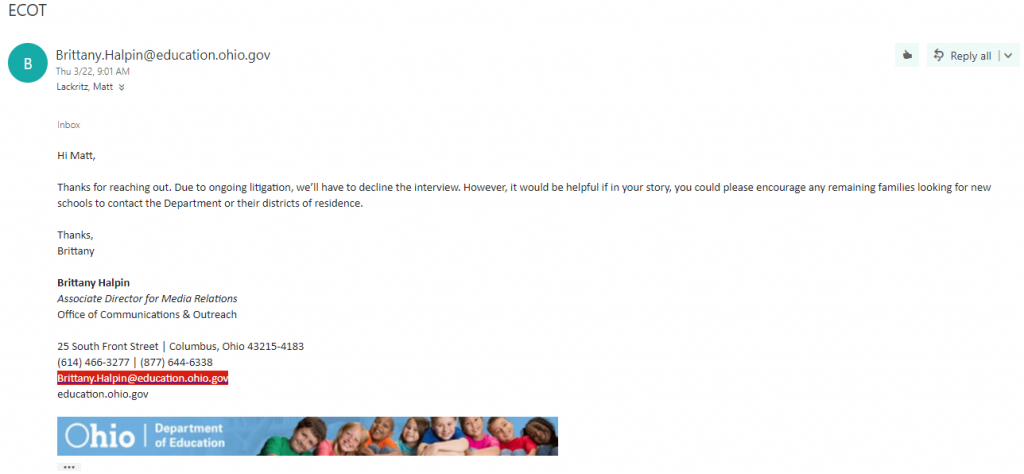
ECOT’s attorney Marion Little said the Ohio Supreme Court is ECOT’s final chance to win.
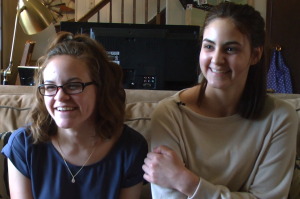
“If the courts do not provide relief at this point, ECOT will close permanently.”
Bekah, Twila and their mother hope that won’t happen and would jump at the opportunity to go back.
“It’s just been devastating and Bekah working so hard getting caught up that I would, even though we’d be starting all over, kind of, I would still go back,” said Harper.
“I miss the people at ECOT and the teachers the most. But the school we’re at now is OK. But if I had the chance to go back to ECOT, I would,” said Bekah.

